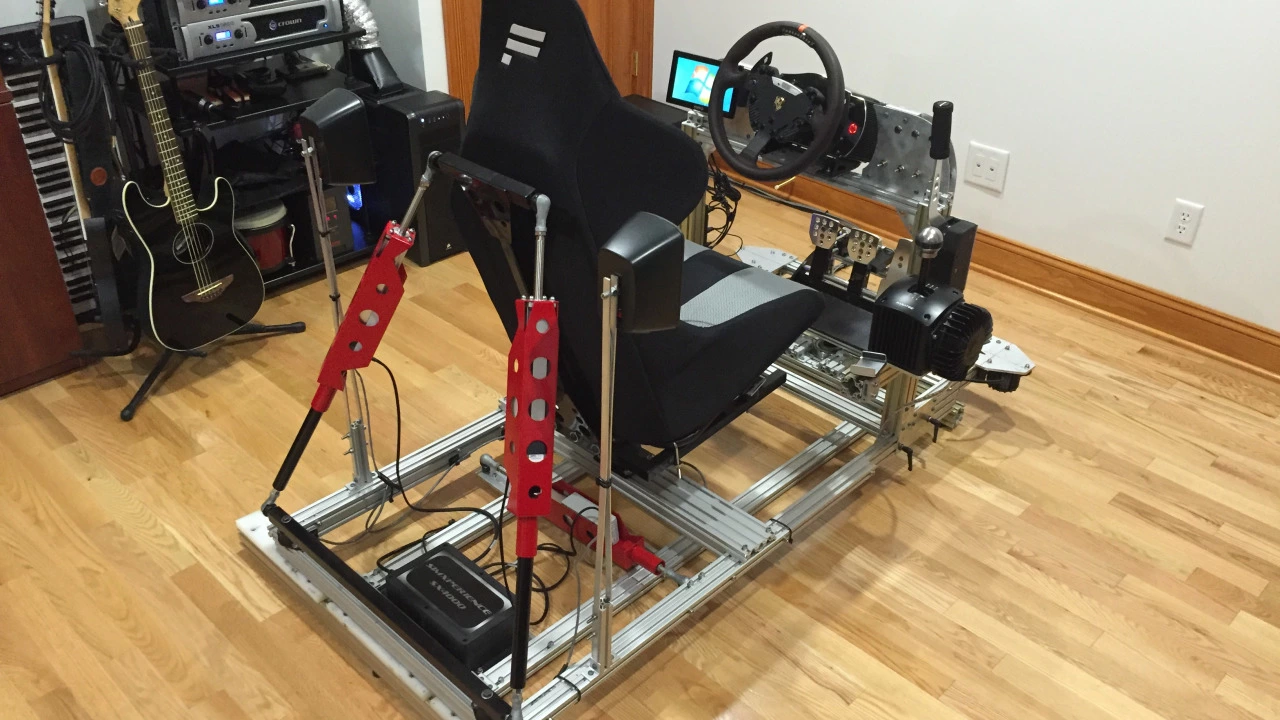Gaming Technology – What’s New and Why It Matters
Gaming tech moves fast, and if you want to stay ahead you need to know what’s changing. From faster graphics cards to new development tools, each upgrade can change how games look, feel, and play. This guide gives you the basics you need without the jargon.
Why Gaming Tech Matters
Better tech means smoother gameplay, richer worlds, and more players joining in. When a console gets a new processor, developers can add more detail without slowing down. That’s why gamers notice higher frame rates and sharper images after a hardware launch.
Top Trends to Watch
First up, ray tracing is becoming standard. It mimics how light works in real life, giving reflections and shadows a real‑world look. Second, cloud gaming services let you play high‑end games on modest devices, because the heavy lifting happens on remote servers. Finally, AI‑driven tools are speeding up asset creation, letting teams build characters and environments faster.
Another big change is the rise of SSD storage in consoles and PCs. Loading times shrink from minutes to seconds, which means games can be more seamless. If you’re building a game, targeting SSD speeds lets you design larger worlds without worrying about long pauses.
VR and AR are also getting more affordable. New headsets use inside‑out tracking, so you don’t need external cameras. That makes setup easier and opens doors for developers to experiment with mixed reality experiences that blend the real world with game worlds.
If you’re a gamer, look for monitors with at least 144 Hz refresh rates. Higher refresh rates make fast‑paced action feel smoother and can give you a tiny edge in competitive play. Pair that with a graphics card that supports the latest drivers, and you’ll get the most out of new titles.
For developers, tools like Unity’s Visual Scripting and Unreal’s Blueprint let you prototype ideas without writing code. They lower the barrier for small teams and speed up iteration. When you combine those tools with AI‑assisted texture generation, you can focus more on design and less on grunt work.
Staying updated is simple: follow the major hardware announcements, read dev blogs, and try out beta versions of new engines. Most companies release patch notes that explain what’s new, and those notes often include performance tips you can apply right away.
In short, gaming technology is a mix of faster hardware, smarter software, and new ways to experience games. Keep an eye on ray tracing, cloud gaming, SSDs, and AI tools, and you’ll be ready for the next wave of games that push the limits of what’s possible.
